
Decoded is where Dr Andrius Ramonas breaks down the science behind sports medicine, exercise physiology, and nutrition—so it actually makes sense and feels useful in the real world.
Decoded: Cortisone Shots - What Are They, Really?
Cortisone shots—what are they? Are they safe? Do they help or mask an injury?
Whether you've heard of them through a friend who's had knee trouble, or your physio’s mentioned them in passing, corticosteroid injections (commonly called cortisone shots) often come with mixed opinions. As a sports medicine physician, I administer cortisone shots. They can work very well in some cases but are not a fix-all.
So let’s run through what they are, how they work and why your doctor might recommend one.
What Are Cortisone Shots, Really?
Let’s clear one thing up right away: cortisone shots are not the same as anabolic steroids used for muscle growth and banned in sport. Corticosteroid injections are a legal, medical treatment designed to reduce inflammation, not build strength or bulk.
They're often used to treat inflammation in joints, tendons, ligaments, or near nerves—and can be incredibly effective in the right scenario. If you're a professional or elite athlete, there are some restrictions on their use under WADA (World Anti-Doping Agency) rules, so it's worth discussing with a sports medicine physician.
How Inflammation Works—and When It Becomes a Problem
Inflammation is a vital part of the body’s healing process. When a part of the body is injured or overworked, it brings immune cells to the area, clears debris, and starts to repair any damages.
When inflammation sticks around too long, it can delay healing and lead to ongoing pain or stiffness. That’s where cortisone shots can help. They are used strategically to reduce inflammation and pain, often opening a window for physical therapy and movement, which are key to long-term recovery.
Where Are Cortisone Shots Used?
These injections are typically used to treat inflammation in:
- Large or small joints (e.g. knee, shoulder, fingers)
- Around tendons or tendon sheaths
- Ligaments
- Near nerves, especially in cases of compression (like a bulging disc)
Nowadays, most injections should be performed with some form of imaging guidance – most commonly ultrasound. It ensures accuracy, improves outcomes, and reduces risks. Guided injections are over 90% accurate, compared to around 75% with landmark-guided techniques (i.e. using no imaging guidance).
How Do Cortisone Shots Work?
Corticosteroids are synthetic versions of hormones your body already produces to manage inflammation. These medications work within your cells, binding to specific receptors and influencing how your body produces proteins—ramping up the ones that reduce inflammation and shutting down the ones that fuel it.
There are different types of corticosteroids, each with variations in strength, speed of action, and duration. This allows your doctor to choose the most appropriate one for your condition.
Used at the right time, cortisone shots can create a window of opportunity—reducing pain and inflammation enough to start physical rehab, restore mobility, and address the root cause of the issue. They’re not a shortcut to healing, but they can be a helpful step.
What About the Risks?
Cortisone shots are not without side effects. They’re not a fix-all and shouldn’t be overused.
- Too frequent use (e.g., more than three times a year in the same joint) may weaken cartilage.
- Around damaged tendons, injections can increase the risk of rupture.
- Systemic effects (like elevated blood sugar or facial flushing) are uncommon but possible—especially with repeated doses.
A good clinician will weigh the benefits and risks before recommending a shot. Timing matters — using it at the right phase in recovery is key.
Common Injection Areas By Sport:
🏃 Running / Trail Running / Athletics
- Knee joint –osteoarthritis, or meniscal irritation
- Bursa under the Achilles tendon (not directly into the tendon) – for Achilles tendinopathy
- Plantar fascia – for plantar fasciitis
- Hip (trochanteric bursa) – for lateral hip pain or gluteal tendinopathy
🏋️ Weightlifting / CrossFit / Strength Sports
- Shoulder joint or subacromial bursa – for impingement syndrome or rotator cuff irritation
- Elbow (lateral epicondyle area) – for common extensor origin tendinopathy (aka. tennis elbow)
- Wrist – for tendon sheath inflammation (De Quervain’s tenosynovitis or CMC joint arthritis)
🏉 Rugby / AFL / Contact Sports
- AC joint (acromioclavicular joint) – for impact-related degeneration or instability
- Knee joint – often used after meniscus or ligament injuries
- Lumbar spine facet joints – in some cases for chronic lower back pain or facet joint inflammation
🏌️ Golf / Tennis
- Elbow – medial (aka. golfer’s elbow) or lateral (aka. tennis elbow) tendinopathies
- Wrist – especially for tenosynovitis or joint irritation from repetitive grip use
- Shoulder – particularly for rotator cuff issues or subacromial bursitis
- Ankle – for ankle impingement symptoms
🚴 Cycling
- Knee joint – for knee osteoarthritis, or patellar or quadriceps tendinopathy
- Hip (trochanteric) bursa – for lateral hip pain due to repetitive motion or poor bike fitting
- Lower back – facet joints or sacroiliac joints in cases of mechanical back pain
Watch Dr Andrius Complete A Cortisone Injection in the Shoulder Using Ultrasound Guidance
Disclaimer
The content inDecoded with Dr Andriusis for general informational and educational purposes only.
It is not intended to be medical advice or a substitute for professional consultation, diagnosis, or treatment.
Always seek the guidance of a qualified health professional before making changes to your diet, exercise routine, or medical care.
Discover Roam
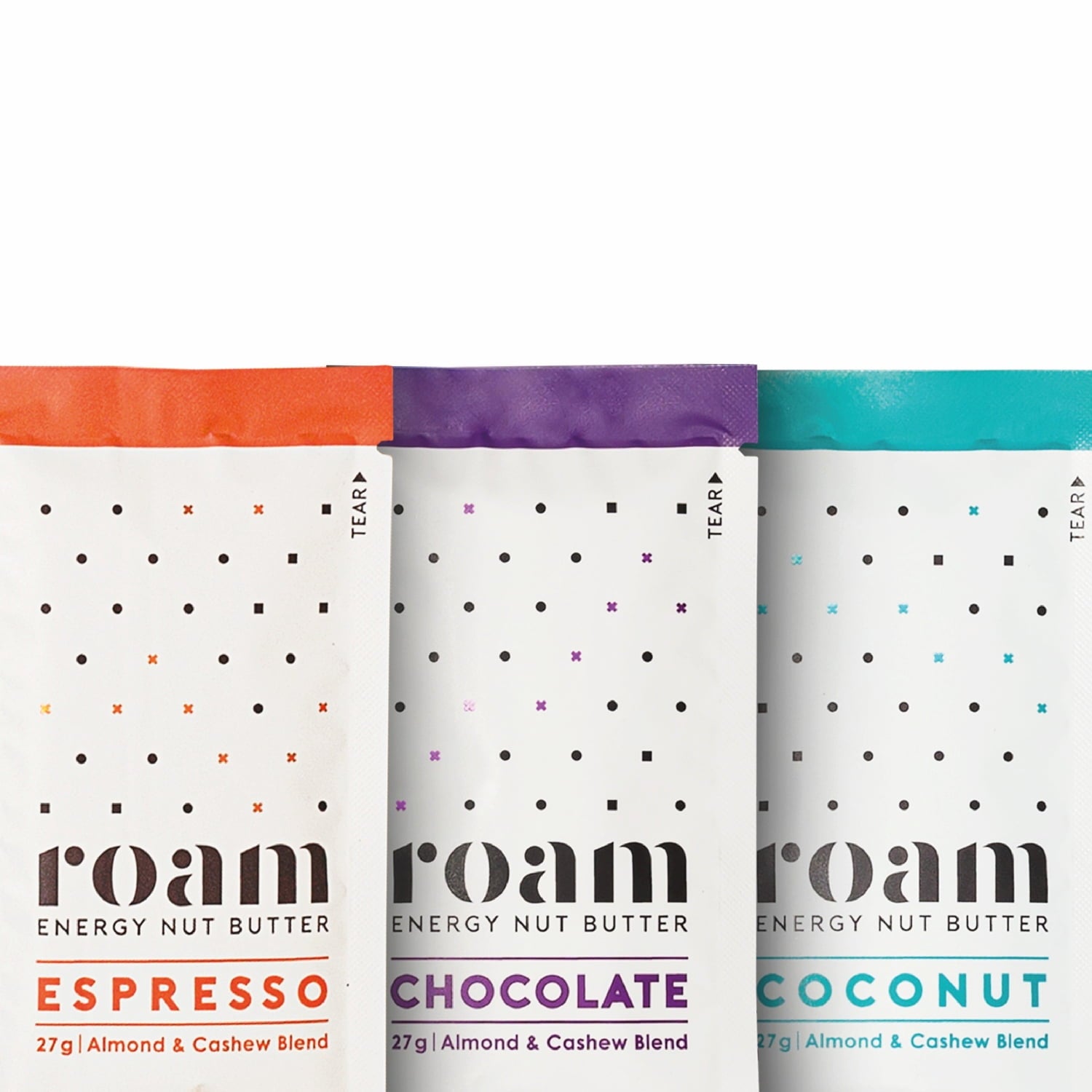
 Energy Nut Butter - Mixed Pack
Energy Nut Butter - Mixed PackEnergy Nut Butter - Mixed Pack
Regular priceUnit price per$67.50 NZDSale price $27.00 NZD+
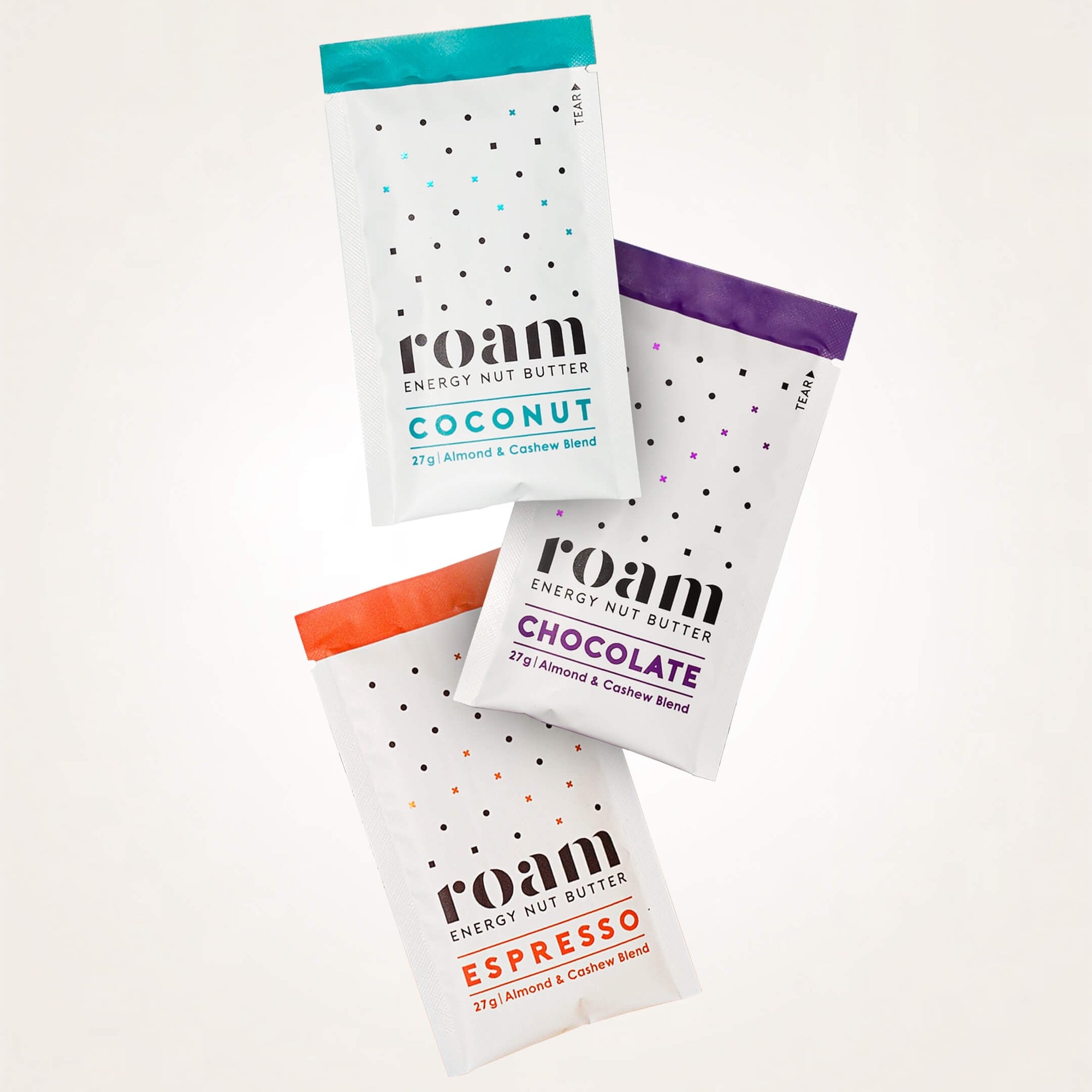
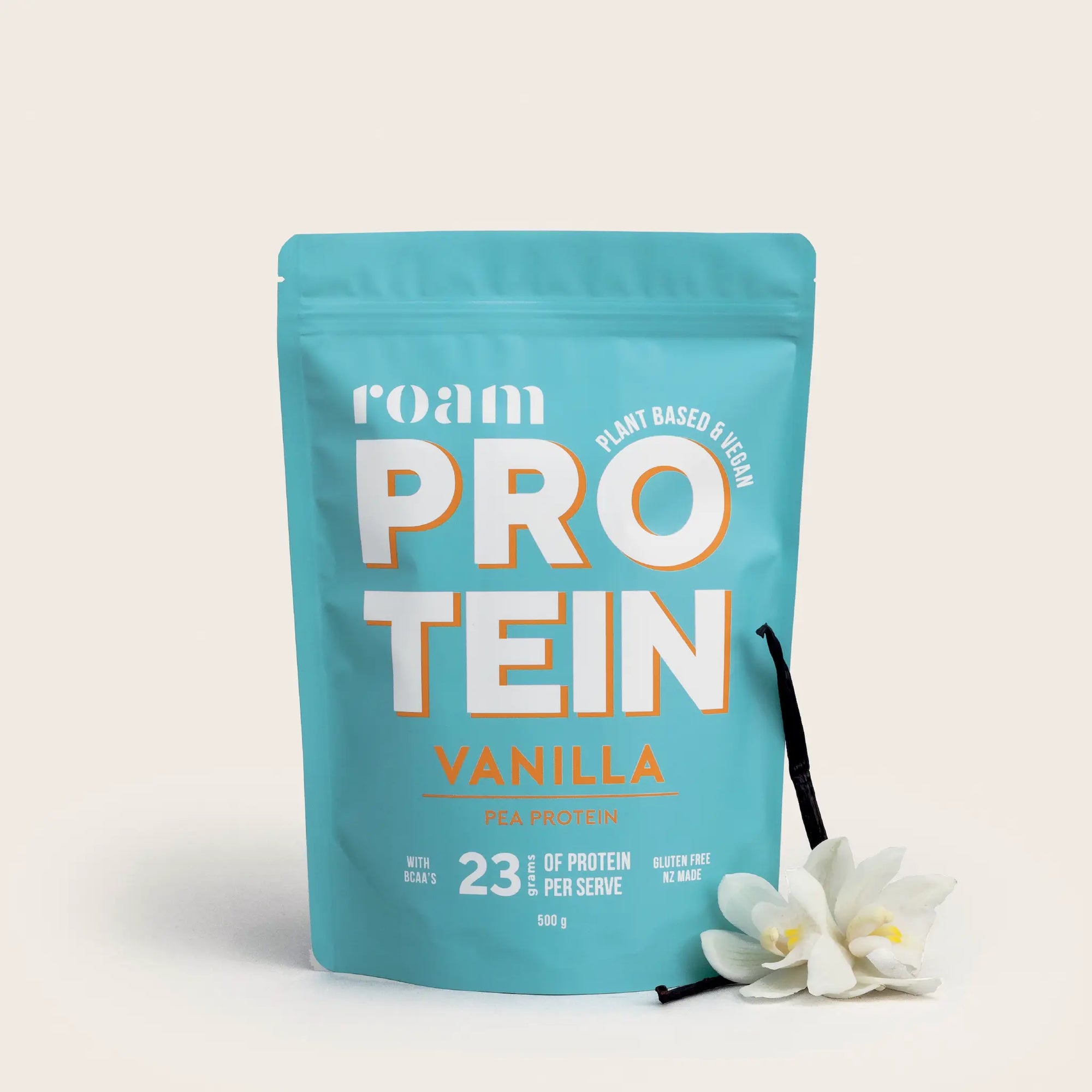
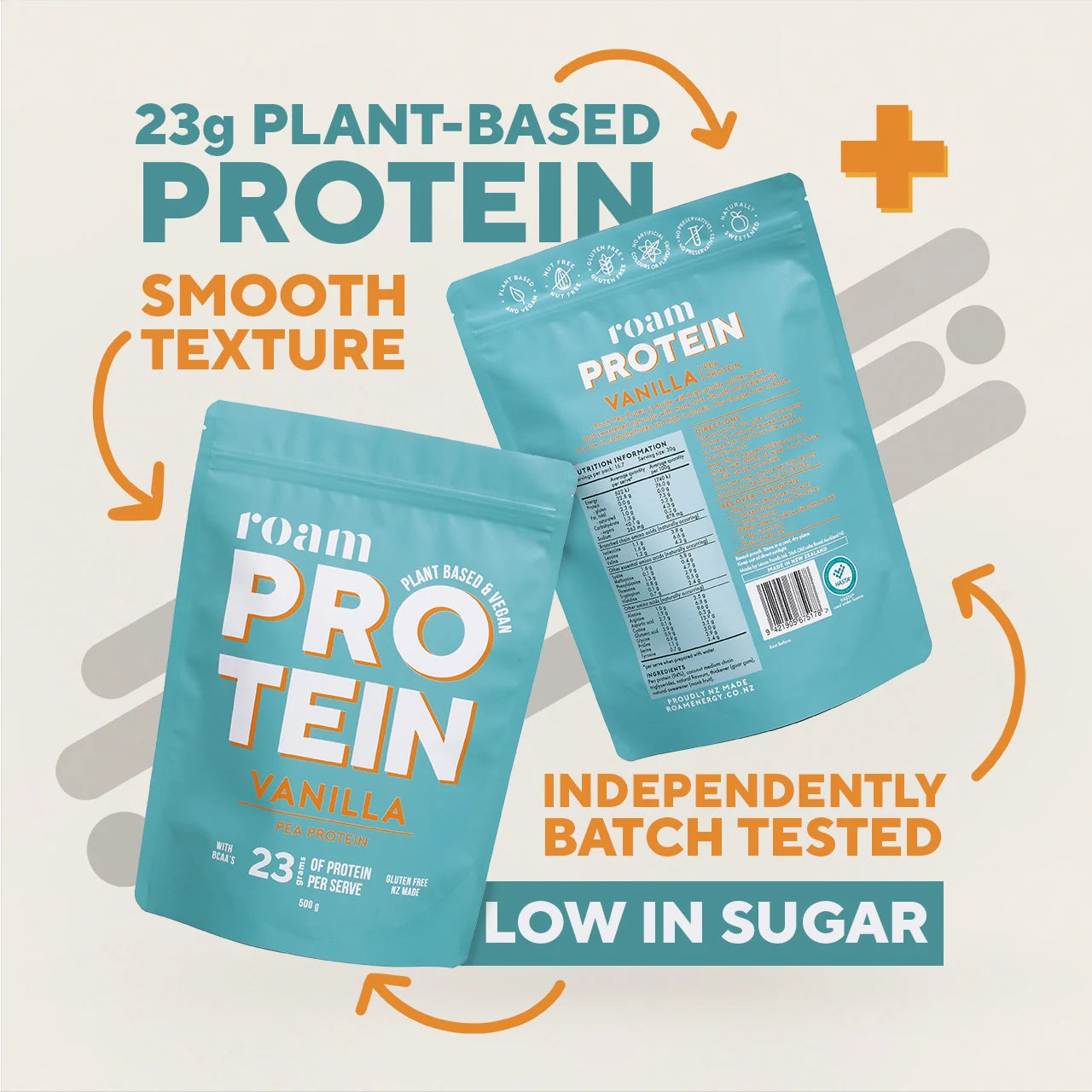

 Essentials + Bundle
Essentials + BundleEssentials + Bundle
Regular priceUnit price per$133.96 NZDSale price $119.99 NZD
 The Ultimate Roamer Bundle
The Ultimate Roamer BundleThe Ultimate Roamer Bundle
Regular priceUnit price per$244.94 NZDSale price $199.99 NZD
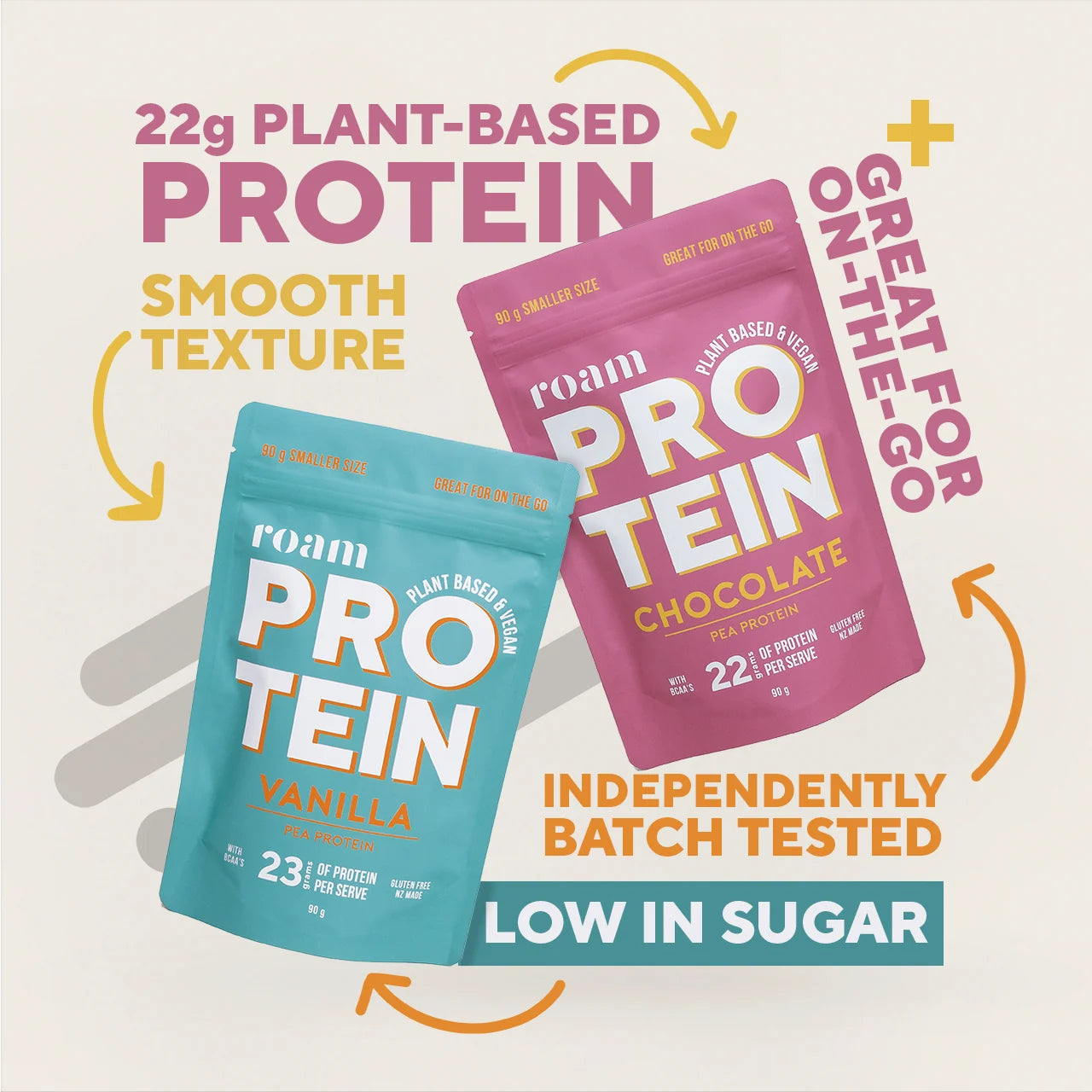 Protein Essentials Bundle
Protein Essentials BundleProtein Essentials Bundle
Regular priceUnit price per$194.95 NZDSale price $169.99 NZD
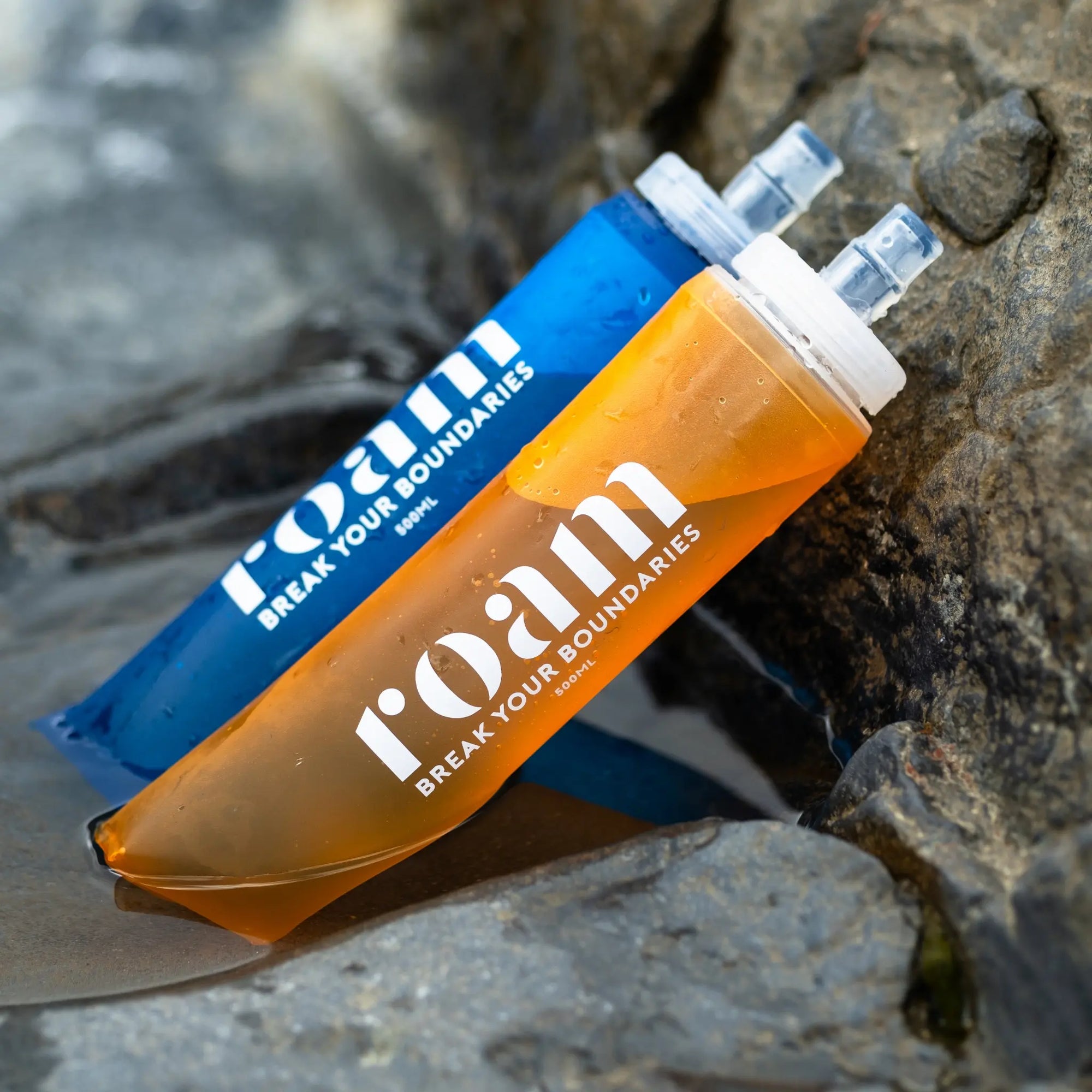

 Chocolate Energy Nut Butter
Chocolate Energy Nut ButterChocolate Energy Nut Butter
Regular priceUnit price per$67.50 NZDSale price $27.00 NZD+













